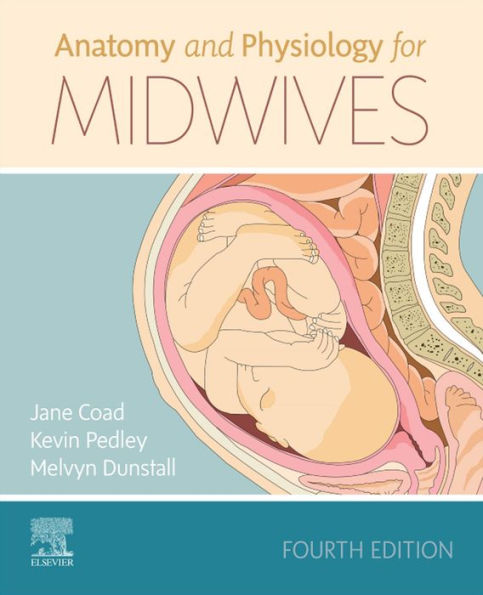Kevin Pedley is an Associate Professor in Physiology at Massey University in Palmerston North, New Zealand, having moved from King’s College London in 2001. Kevin has spent his time at Massey University teaching first, second and third year undergraduate physiology as well as postgraduate level physiology as well as physiological aspects of Human Nutrition and has served as subject leader for the Physiology B.Sc. Kevin acquired a keen interest in the mechanisms of fertilisation, pregnancy and parturition from his research at King’s College and has taught extensively in these areas since his arrival at Massey. He is also active in research and in supervision of PhD students who are mainly focused on the study of cell function in the gastrointestinal tract. These studies have included the mechanisms of insulin secretion, water and electrolyte transport in colonic epithelium, gastric acid secretion and, most recently, the mechanisms of iron transport in duodenal enterocytes. His research has employed a variety of experimental approaches including the use of intra-vital fluorescence and confocal imaging of living cells and, most recently, the use of intestinal organoids as an in vitro model of intestinal function and pathology.
Melvyn Dunstall BSc Msc PGCEA RM RGN
Lecturer/Practitioner in Midwifery, Frimley Park Hospital; Supervisor of Midwives



